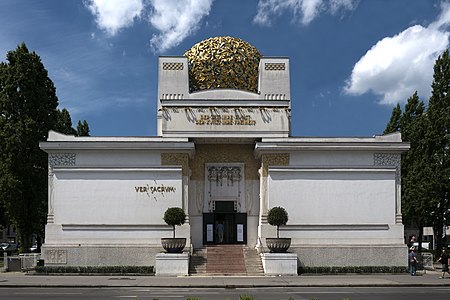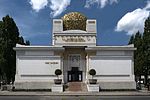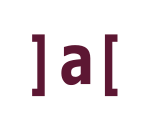Secession Building
1897 establishments in Austria19th-century architecture in AustriaArt Nouveau architecture in ViennaArt Nouveau collectionsArt Nouveau museum buildings ... and 6 more
Art museums and galleries in ViennaArt museums established in 1897Austrian building and structure stubsBuildings and structures in Innere StadtCultural infrastructure completed in 1898European art museum and gallery stubs

The Secession Building (German: Secessionsgebäude) is an exhibition hall in Vienna, Austria. It was completed in 1898 by Joseph Maria Olbrich as an architectural manifesto for the Vienna Secession, a group of rebel artists that seceded from the long-established fine art institution.
Excerpt from the Wikipedia article Secession Building (License: CC BY-SA 3.0, Authors, Images).Secession Building
Friedrichstraße, Vienna Laimgrube (Mariahilf)
Geographical coordinates (GPS) Address Website External links Nearby Places Show on map
Geographical coordinates (GPS)
| Latitude | Longitude |
|---|---|
| N 48.200516666667 ° | E 16.365675 ° |
Address
Secession
Friedrichstraße 12
1010 Vienna, Laimgrube (Mariahilf)
Austria
Open on Google Maps









